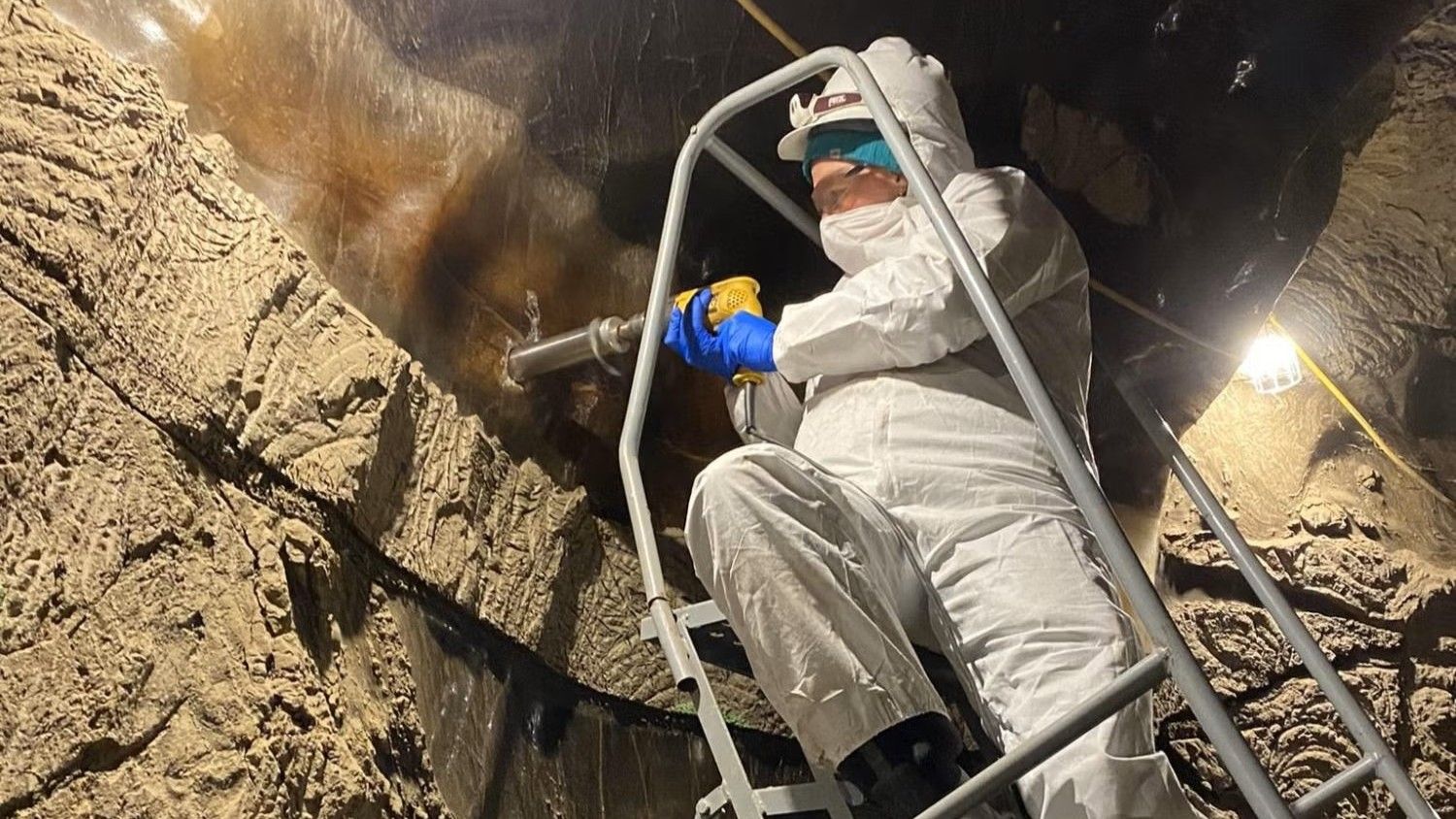NASA’s Juno spacecraft has unveiled an exciting breakthrough: the discovery of an entirely new type of plasma wave near Jupiter. These waves, unlike any previously observed in space, provide fresh insights into the mysterious behavior of the gas giant’s auroral plasmas. Scientists believe these waves play a critical role in the unique auroras visible at Jupiter’s poles, expanding our understanding of the complex space environment surrounding the planet.
Uncovering the New Plasma Waves
Jupiter, with its powerful magnetic field and dynamic plasma environment, has long intrigued scientists. The planet’s auroras, spectacular light displays around its poles, have been the subject of extensive study. While we are familiar with auroras on Earth, Jupiter’s version is far more intense and influenced by the planet’s vast magnetic and plasma fields.
Robert Lysak, a researcher at the University of Minnesota, and his team, who focus on studying auroras, have made a groundbreaking discovery. They found that the plasmas near Jupiter’s poles display an entirely new type of oscillation. These oscillations, or waves, have never been seen before and suggest that the charged particles and atoms surrounding the fifth planet move in ways that are not yet fully understood.
How Juno Helped Unveil This Discovery
NASA’s Juno spacecraft, which has been orbiting Jupiter since 2016, has played a pivotal role in this discovery. Equipped with specialized instruments, Juno has gathered invaluable data about the planet’s magnetic field and its surrounding plasma environment. By studying these data, Lysak and his colleagues observed the unusual behavior of the plasma near Jupiter’s poles.
The team focused on the ultraviolet radiation near the poles, which is a critical component of Jupiter’s auroras. They found that the plasmas oscillate in a previously unrecognized wave pattern. This new type of plasma wave opens up new possibilities for understanding the interactions between Jupiter’s intense magnetic field and the plasma surrounding it.
Here’s Why It Matters
The discovery of this new plasma wave is not just an academic curiosity; it’s a key step in understanding the broader dynamics of space weather. The auroras seen at Jupiter’s poles are one of the most powerful displays in the solar system, and understanding the mechanisms behind them could provide important insights into the behavior of other celestial bodies with strong magnetic fields, like Saturn or Uranus.
Moreover, this finding contributes to our overall knowledge of space plasmas, a crucial element of the universe that affects everything from solar wind interactions to the behavior of stars. As Robert Lysak remarked, “cutting off the mission when it is getting its best data would be a real tragedy for our field.”
By studying Jupiter’s plasma waves, scientists can also gain a better understanding of Earth’s own magnetic field and auroras, drawing connections between the two planets that were previously unclear.
Source link


